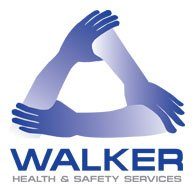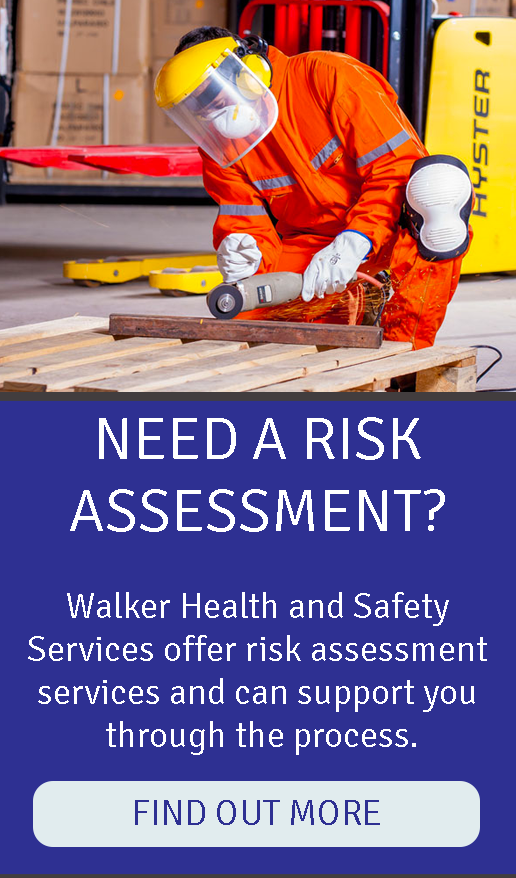New sentencing guidelines for Health and Safety, Corporate Manslaughter and Food Safety Offences
The Sentencing Council, part of the Ministry of Justice, has produced new definitive guidelines on sentencing for Health and Safety Offences, Corporate Manslaughter and Food Safety and Hygiene Offences. These new guidelines came into effect on February 1st, and have drastically increased the size of fines and custodial sentences that the courts can levy.
Who do the new rules apply to?
The guidelines for health and safety breaches apply to individuals and employers, as well as the self-employed who are found guilty of breaches of the Health and Safety at Work etc. Act 1974, and also apply to companies who are convicted under the Corporate Manslaughter and Corporate Homicide Act 2007.
What are the key factors?
Under the new guidelines the Courts will consider:
whether the breach was deliberate or simply an honest mistake
how much harm or damage was done
how many people were exposed to the hazard created
the business’s financial condition
Keeping it as simple as possible, the more people that were exposed to harm, the greater the fine. Additionally, if it is found that the hazard was created by a deliberate action not to put a safeguard in place, the greater the fine or even the likelihood of a custodial sentence. Finally, the level of the fine will depend on the size and turnover of the business as well as the remuneration taken by the directors.
What should you do?
Having up to date Health and Safety Policies and good working practices is the way to avoid these costly fines.
Contact us should you require assistance.
Personal Protective Equipment at Work Regulations 1992.
The regulation 4 states:
Every employer shall ensure that suitable personal protective equipment is provided to their employees who may be exposed to a risk to their health or safety while at work except where and to the extent that such risk has been adequately controlled by other means which are equally or more effective.
The accompanying guidance states:
Employers should, therefore, provide appropriate personal protective equipment (PPE) and training in its usage to their employees wherever there is a risk to health and safety that cannot be adequately controlled by other means.
In order to provide PPE for their employees, employers must do more than simply have the equipment on the premises. The employees must have the equipment readily available, or at the very least have clear instructions on where they can obtain it.
By virtue of Section 9 of the Health and Safety at Work etc. Act 1974, no charge can be made to the worker for the provision of PPE which is used only at work. Section 9 of the Health and Safety at Work etc. Act 1974 states: “No employer shall levy or permit to be levied on any employee of his any charge in respect of anything done or provided in pursuance of any specific requirement of the relevant statutory provisions”. Section 9 applies to these Regulations because they impose a ‘specific requirement’ – i.e. to provide PPE.
Selecting the right PPE depends on the task you are performing, for example a construction worker will need to be provided with a lot of safety equipment in comparison to a butcher.
Contact us should you require information.
Racking safety should never be overlooked. And yet, because racking is something which is used everyday, it is easy for businesses to get complacent. This is something that happens to SMEs and multinationals alike. So whether you’re a start up entering distribution for the first time, or a warehousing veteran, you can always benefit from some top racking safety tips.
Plan your racking layout
HSE recommends that your racking is laid out so as to avoid “tight corners, awkwardly placed doors, pillars, uneven surfaces and changes of gradient”. Be realistic and look at the space you have. If you properly plan how your racking is going to be laid out, then you can make the most out of any kind of space. If you rush this stage, you are going to wind up with a storage space that is both inefficient and unsafe. If you find that your racking is blocking walkways, or if it doesn’t seem to handle loads very well, it may be the case that you need to rethink the layout of your warehouse.
Know the limits of your racking equipment
Each piece of racking has its own guidelines with regards to weight and load size. If you’ve been using the same piece of racking for years, it’s easy to start thinking that you know better than the recommendation. You’ve noticed that your racking can usually take more weight than is recommended, so where’s the harm? The harm is in the fact that, while you may consider yourself well acquainted with your racking equipment from several months or years using it, those guidelines have been put in place by the very people who designed the equipment. If your racking provider was confident that your racking could take more weight, then they would have said this when selling it to you. No racking designer or provider is going to undersell their product. Even if you’ve taken the risk of overloading your racking a hundred times and have gotten away with it just fine, that doesn’t mean that you will be safe the hundred and first time. Don’t take the risk.
Regular racking inspection
Inspecting your racking doesn’t have to be such a daunting task, and a little bit of effort will go a long way in the long run. HSE recommends using a logbook so that managers and staff can inspect racking on a daily to weekly basis. They recommend a colour-coded system to keep track of potential problems. Though it is important that this colour-coding is consistent among employees. One person’s green should not be another person’s amber. Be sure that both you and your employees know what you’re looking for and exactly what terminology you are using. Are you cantilever racking braces bent? If so, what should you do? HSE also recommend an annual check by a person who is “technically competent”.
Protect your racking
Racking protection is about more than wrapping your exposed frame in foam and hoping for the best. Rather, racking protection is largely about prevention. Putting in place forklift use protocols for your warehouse is an excellent form of protection. This way, you can stop a bump from happening rather than simply softening the impact.
Contact us for advice.
People die in the workplace every year from something as simple as not wearing a seatbelt. Make sure you train your drivers properly, and give them the tools they need to drive safely to protect both themselves and others.
- Undertake suitable and sufficient risk assessments which consider how people could get hurt. Think about how people could get run over or struck by vehicles, how people could fall out of them, how vehicles could overturn and how items could fall out of vehicles onto people.
- Ensure drivers are fully trained and competent to use the vehicles they will be operating. There should be direct supervision of vehicle movements – if you spot problems, consider refresher training for individuals.
- Make sure all drivers wear the seatbelts fitted in their vehicles. Use an interlocking system whereby the vehicle only starts when the seatbelt is engaged. Monitor drivers to ensure the system is not defeated. (If driving a forklift truck, wear the seatbelt if driving the vehicle for long periods of time or if there are surface changes – pot holes for etc..
- Look regularly at your accident and near miss data. Consider what changes need to be made to prevent an accident in the future. Adapt your risk assessment to reflect these changes.
- Take steps to segregate people from vehicles, and larger vehicles from smaller ones. Use fixed barriers and pedestrian walkways.
- Develop a comprehensive workplace traffic management plan. Consider the maximum speeds allowed, the permitted routes for different vehicles, and all vehicle-related activities that are permitted in certain areas – including contractors that may operate on site (such as waste collectors).
Contact us should you require assistance.
Transported loads can be extremely heavy and the slightest unintended movement can cause vehicles to turn over, or workers to be crushed if the load falls on them. Follow the advice below to make sure that an accident like this doesn’t happen in your workplace.
- All drivers must have had training in securing their loads properly. Drivers must also be taught how to drive safely when transporting loads – this includes keeping to set speed limits and taking corners in the correct manner to reduce the potential for overturning.
- Make sure you use the correct strapping to hold the load in place. Use either webbing straps or chains – not a mixture of the two. Check straps regularly for damage and before each use. Check the stitching isn’t coming undone and that there are no tears, however small, as this could cause them to fail in use.
- Use edge protectors on sharp or rough-edged loads to prevent straps being damaged by the friction when moving over them.
- Check that the vehicle bed can take the weight of the intended load, taking into account any additional equipment used to secure the load.
- Remember that anchor points should be capable of spreading the weight effectively across the main structure of the vehicle.
- Fill trailers tight to the headboard of the vehicle to prevent movement – drivers have been injured when loads have gone into the back of their cab. Restrict any moving parts of a load with restraints as well.
- Replace all individual pieces within a restraint system at the same time, to prevent undue stress on any part of the set.
Contact us for advice.









